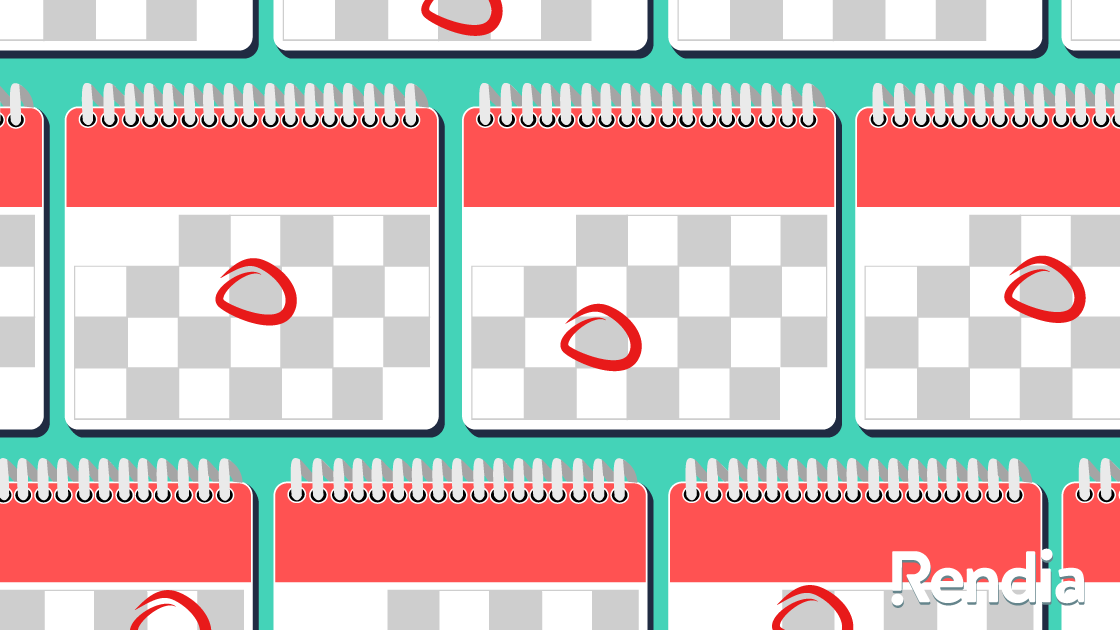How scheduling affects doctors’ performance, patient outcomes, and more
Medical errors are the third leading cause of death in the U.S. That adds up to 700 people a day dying from preventable causes. A new book suggests that scheduling could reduce this statistic, and also proposes that time of day plays a bigger role than we might think in the success or failure of many tasks. Whether scheduling surgery or your lunch break, take a look at the research showing the difference that timing makes.
Afternoons in health care settings: dangerous times?
In bestselling author Daniel Pink’s “When: The Scientific Secrets Of Perfect Timing,” he examines research showing that time of day explains about 20 percent of the variance in our performance on workplace tasks. Alarmingly, he found that performance in health care settings drops considerably in the afternoon.
Detection of polyps and hand-washing decrease in the afternoons, while medical mistakes and unnecessary antibiotic prescriptions increase.
For example, endoscopists detect only half as many polyps in colonoscopies in afternoon exams versus morning exams even within the same population; doctors are more likely to prescribe unnecessary antibiotics in the afternoon than in the morning; and the incidence of hand-washing among hospital employees declined as much as 38 percent from morning to afternoon, according to a study of dozens of U.S. hospitals. That alone could account for approximately 7,500 unnecessary infections per year.
A Duke Medical Center study found that mistakes made by anesthesiologists that cause harm to patients increased later in the day. “The predicted probability of harm is three times higher for cases that start at 3 p.m. (1.0%) than for those starting at 8 a.m. (0.3%).” The researchers concluded that sleep deficit, circadian rhythm disruption, and long work hours were all factors in a greater incidence of “anesthetic adverse events.”
The body’s natural circadian rhythms affect performance, recovery.
Pink’s research confirmed that many adverse events in health care can be attributed to our bodies’ natural rhythms. “What we see from the research is that we tend to move through the day in three stages—a peak, a trough, a recovery,” he said on NPR’s All Things Considered. During the peak, which for most of us is in the morning, we’re better at analytic work—things that require focus, vigilance, and attention, he said.
While doctors seem to perform better in the mornings, it is worth noting that one study found that patients undergoing complex heart surgery actually healed more quickly in the afternoon. “One might propose that high-risk patients should preferentially be operated on in the afternoon,” wrote two cardiologists in an editorial published alongside the study.
What can be done to achieve better outcomes?
Of course, many people don’t have the freedom to schedule their days according to their peak-productivity times—especially those in round-the-clock health care settings. However, there are things you can and must do in terms of scheduling, such as take breaks.
In his book, Pink describes observing a surgery at the University of Michigan Medical Center alongside anesthesiologist Dr. Kevin Tremper. Before sedating the patient, the medical team takes a time-out to introduce themselves, verify that they have the correct patient, review any medication allergies, and make sure they have all the supplies they need.
Scheduled breaks have measurable, positive effects on quality of care, patient outcomes, and staff satisfaction.
Pink calls these time-outs “vigilance breaks,” which he defines as “brief pauses before high-stakes encounters to review instructions and guard against error.” Dr. Tremper confirms that they work: he told Pink that in the time since they implemented these breaks, quality of care has increased, complications have declined, and both doctors and patients are more at ease.
More evidence that breaks do work and are especially crucial in health care comes from a group of overworked nurses in Seattle. Frustrated with their inability to take scheduled breaks due to patient demands and staffing shortages, the nurses launched a six-month pilot project to add four full-time nurses to two acute-care units. Every day, two relief nurses covered the patients of staff nurses while they took their breaks.
The program was an unmitigated success, reported STAT. After just a few months, nurses reported increased satisfaction, saw better patient outcomes, and nurse retention rates in those units improved dramatically.
Five tips for truly restorative breaks
So what are the takeaways? Schedule tasks that require your highest concentration during the morning peak. Save administrative tasks—emails, phone calls—for the midday trough. And use the recovery period later in the day when you’re in a better mood and less inhibited for more creative tasks, suggests Pink.
To get the most from your breaks, make sure they are frequent, active, social, outdoors, and unplugged from devices, ideally.
And lastly, schedule plenty of breaks throughout the day. In the Seattle nurse’s pilot program, that meant a minimum of three 15-minute breaks and one uninterrupted meal period during a 12-hour shift. Here are Pink’s five guidelines for truly “restorative breaks”:
- Take frequent, short breaks. They beat occasional, longer breaks.
- Get moving. Even five minutes of walking is beneficial.
- Be social. Chatting with coworkers reduces stress and boosts mood.
- Go outside. Nature has a replenishing effect.
- Unplug. Ditch the devices and daydream or stretch instead.
For more about Pink’s book, “When: The Scientific Secrets Of Perfect Timing,” see this excerpt. And for more on combating doctor burnout, see this article from our archives and check out the Work-Life Balance section of our blog.

